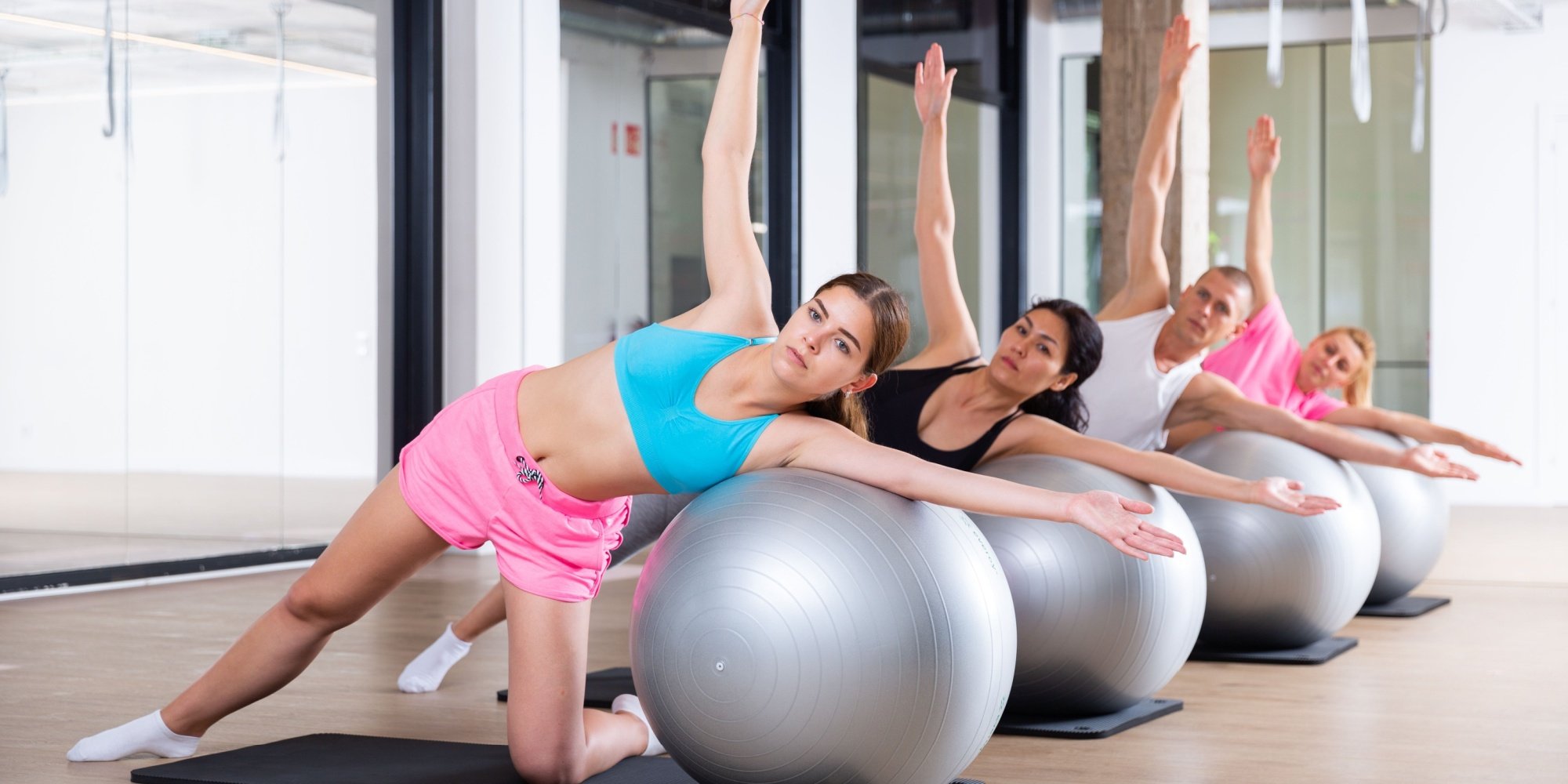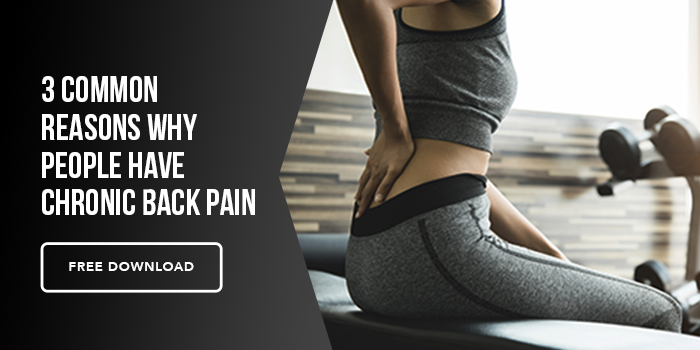If you’ve ever confused mobility with flexibility, you’re not alone. Most people use these words interchangeably — but they’re not the same thing. Understanding the difference can mean the gap between moving better… or yanking on your hamstrings forever without actually fixing anything.
Let’s break it down — and then look at how to actually apply it to your training.
Flexibility: Passive Range
Flexibility is your body’s passive ability to reach a position. For example, if you lie on your back and someone pushes your leg toward your face, the distance it travels is your hamstring flexibility.
This doesn’t require you to control the movement. It’s purely about how much your muscles and connective tissues can stretch when relaxed.
Mobility: Active Control
Mobility, on the other hand, is your active ability to move into — and control — a range of motion.
If you stand up and lift your leg toward your face under your own power, that’s mobility. It demands strength, stability, and coordination.
Mobility, in most cases, is what matters most. Why? Because real-life movement requires you to control your body through ranges — not just hang out in them while gravity does the work.
Why Mobility Wins (Most of the Time)
Here’s why focusing on mobility often gives you more bang for your buck:
- It improves joint health and function.
- It develops strength at end ranges, which protects you from injury.
- It builds usable movement patterns, not just passive tissue length.
Take the hips: doing controlled articular rotations (CARS) is a mobility drill that trains your hip joint to move smoothly through its full range. Advanced mobility work — like PAILs and RAILs — layers in isometric strength and tension to expand and own new ranges safely.
Weak vs. Tight: Are You Stretching the Wrong Thing?
One of the biggest misconceptions I see is mistaking weakness for tightness.
How often do people say, “My hamstrings are so tight”? But what they really have is weakness and instability – which triggers tightness as a layer of protection or compensation. So they keep stretching and stretching, but the feeling never goes away.
In my experience, people have “loosened” their hips, hamstrings, and shoulders far more effectively by strengthening them than by endlessly tugging on them.
Your body isn’t dumb — it senses instability and locks you down to keep you safe. Stretching a muscle that’s guarding you due to weakness doesn’t fix the root cause.
A Quick Note on What Stretching Actually Does
This one trips people up: muscle length doesn’t really change much from traditional stretching.
Most of the improvements you feel come from your nervous system relaxing its “brakes.” Stretching teaches your brain it’s safe to let you get deeper into a position.
But here’s the catch: if you convince your brain to allow a deeper stretch without any strength or control in that range, are you really better off? Some would argue that you’re just opening the door for injury.
This is why mobility work — which combines range of motion and strength — usually has more lasting impact.
Feelings of Tightness Are Often Protective
Think of that tight hip flexor or stiff back as your body’s way of saying, “Hey, I don’t trust you here yet.” It’s guarding you from positions where you lack stability.
Instead of asking, “How do I stretch this tight muscle?” — a better question is, “Why does my body feel the need to lock this down?”
Often, the answer is: build strength and stability in that area, and the tension naturally eases up.
So, Is Stretching Useless? Not Quite.
Don’t get me wrong — traditional flexibility work still has a place.
- If stretching relaxes you and feels good, that’s a win in itself.
- Some people genuinely enjoy the meditative side of long holds and deep breaths.
- Stretching promotes blood flow to muscles and passive tissues.
- There are tactical cases too: stretching your calves before squats can improve ankle range temporarily, which might help you squat deeper with better form.
- Physical therapists might also have specific reasons why you should stretch a muscle.
- Stretching isn’t bad. It just should be done with intent.
Another thing to consider: millions of people say stretching has made their bodies feel better — and we can’t just ignore that.
The Debate Rages On
Is it wise to force your nervous system to allow positions you can’t control? Maybe not.
Is it worth doing some stretching if it helps you wind down, manage stress, or prepare for a specific lift? Probably yes.
Until the science has clearer answers, the best advice is: listen to your body. Test what works. Don’t blindly copy a yoga influencer if it doesn’t make your movement better or your joints happier.
The Bottom Line
Mobility and flexibility are different tools for your toolbox.
Flexibility is passive range — useful, but incomplete on its own.
Mobility is active range — stronger, more protective, more functional.
If you want to move better for life — not just touch your toes to pass PE — invest most of your effort in mobility drills that challenge your joints to control their end ranges.
And if you still love a good stretch on the mat, by all means, keep it. Just know that real freedom of movement doesn’t come from pulling on muscles — it comes from owning the range with strength.






